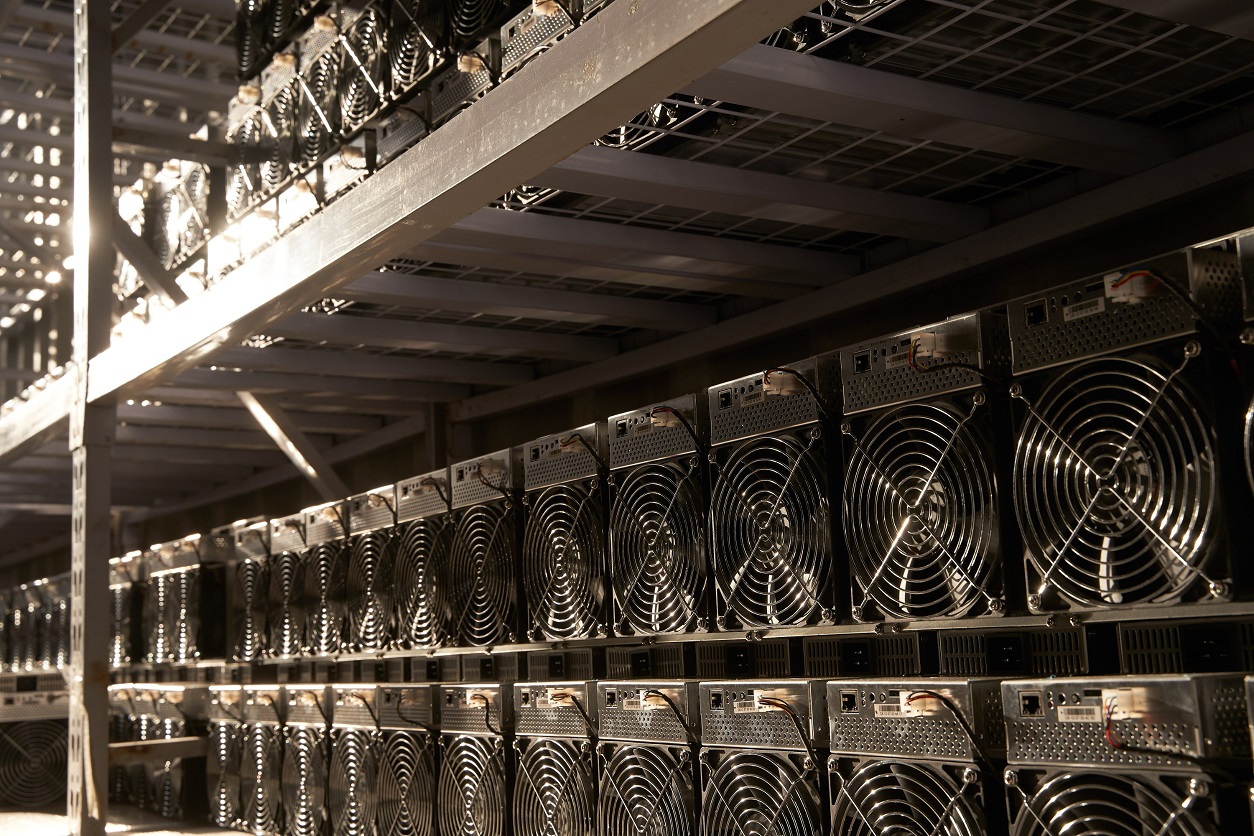
Key Takeaways
- The Bitcoin hash rate is the amount of computing power contributed towards mining
- It has continued to take new all-time highs
- This squeezes miners’ profitability, at a time when electricity costs have risen and the Bitcoin price has fallen
- Overall, a high hash rate implies a healthy and more secure Bitcoin network
“All-time high” is a phrase I haven’t used in a while when covering the cryptocurrency space. But if you look, there is something that continues to hit higher highs, and that is the Bitcoin hash rate.
Bitcoin’s hash rate refers to the amount of computing power that is being contributed to the network through mining. And as the chart below shows, its inexorable rise during the pandemic does not seem to be slowing down. But what does this mean, and why is it rising?
What is the Bitcoin hash rate?
Gone are the days when anyone could mine on their personal computer. Today, mining is dominated by large mining pools, using specialised computers specifically designed for this purpose.
The practice of mining actually involves these computers solving complex mathematical puzzles. Once this puzzle is solved, the latest block of transactions can be validated and attached to the blockchain, before the process repeats regarding the next block and the next mathematical puzzle. Once a puzzle is solved and a block validated, the miner responsible for this work gets paid in newly created bitcoins.
This is all very complicated, but what is important to understand is that Bitcoin is programmed to release a specific number of Bitcoin over time, with the blockchain coded such that a new block is added (validated) every ten minutes.
But as more computers join the network and the hash rate increases, these puzzles should get solved quicker, meaning quicker block time and more bitcoins released. Right? Well, here is the thing. A difficulty adjustment is coded into Bitcoin – that means that the more computing power that joins the network, the harder it is to solve those puzzles.
Don’t ask me how this works, because I don’t even come close to understanding what is under the hood of the mythical beast that is the Bitcoin blockchain, but the main point is that as more miners join, the difficulty goes up.
And as Bitcoin has become more popular (and risen in price), that is exactly what has happened. More miners have joined the network, and today it is a highly advanced process. Ten years ago, when only few miners existed, you and I could have pulled out our laptops and mined to a reasonable degree.
Why is at all-time highs?
There are a number of reasons why hash rate continues to surge to new highs. But the bottom line is that the increase in miners causes the hash rate to climb.
Thus the question really asks why miners are continuing to join, when the price of Bitcoin has been plummeting. There are a couple of potential answers here.
The first is that during the pandemic bull run, mining equipment was scarce and prices for items such as chips were sky-high. Many miners ordered new mining rigs during the bull run, but only received the equipment recently (or some, not even yet).
Additionally, as the price of Bitcoin fell, the profitability of mining also decreased, given miners’ revenue is denominated in Bitcoin. New mining equipment has been developed and is selling for a lower price than previously, helping to push the number of miners higher.
One other theory is the Ethereum Merge. This took place in September, when Ethereum transitioned from Proof-of-Work to Proof-of-Stake, meaning mining on the network ceased. Hence, some of these out-of-work Ethereum miners transitioned across to Bitcoin mining.
What does a higher hash rate mean?
The first consequence of an increasing hash rate is obviously greater pressure on miners. More competition and a higher required hash rate squeeze their profitability, especially at a time when electricity costs have risen and revenue (Bitcoin) has fallen.
The best way to see this is to glance at the share price action throughout 2022 of some of the public mining companies.
On the positive side, the Bitcoin hash rate is considered a security metric for the network. The higher the hash rate, the more secure the network, so in that context, the all-time high represents a good thing.
This is why a high hash rate is generally looked upon favourably, as it implies a healthy network. Only problem is, miners are feeling the squeeze.

Leave a Reply